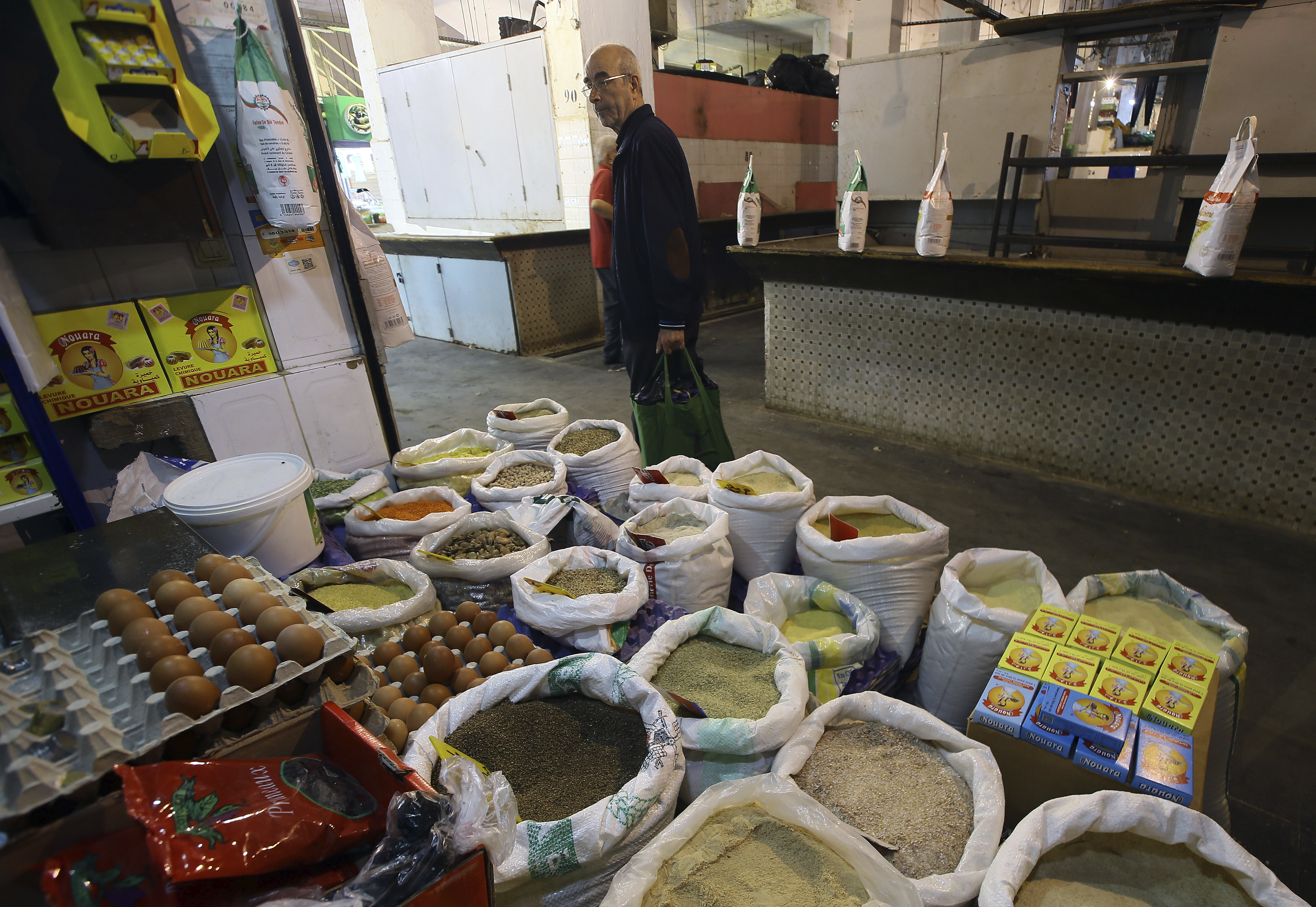
LONDON - The United Nations world food price index rose for a third consecutive month in May, as higher cereals and dairy product prices outweighed drops in prices for sugar and vegetable oils.
The UN Food and Agriculture Organization's price index, which tracks the most globally traded food commodities, averaged 120.4 points in May, up 0.9 percent from its revised April level, the FAO said on Friday.
The May reading was nonetheless 3.4 percent below the level seen a year earlier.
The FAO's May sugar index fell sharply, decreasing 7.5 percent on a monthly basis, as a good start to the new harvest in top producer Brazil got underway. Vegetable oil prices declined 2.4 percent for the month, as palm oil quotations fell amid rising seasonal output
The FAO index hit a three-year low in February as food prices continued to ease off from a record peak set in March 2022.
ALSO READ: Rising food costs leave hungry Americans $33b behind, report says
The uptick in May was supported by cereal prices rising 6.3 percent month-on-month amid growing concerns about unfavorable crop conditions curbing 2024 harvests in key producing areas like northern America, Europe and the Black Sea region.
Dairy prices increased 1.8 percent in May from April, the FAO said, underpinned by increased product demand ahead of the summer holidays amid worries that milk production in western Europe may fall.
The FAO's May sugar index fell sharply, decreasing 7.5 percent on a monthly basis, as a good start to the new harvest in top producer Brazil got underway. Vegetable oil prices declined 2.4 percent for the month, as palm oil quotations fell amid rising seasonal output.
In a separate report on cereals supply and demand, the FAO forecast 2024/25 world cereal production at 2.846 billion metric tons, roughly on a par with 2023/24's record output, as barley, rice and sorghum output is seen increasing, offsetting declines in maize and wheat.
ALSO READ: FAO: Soaring numbers of people in acute food insecurity in 2023
The FAO warned, however, that the "recent adverse weather conditions in the Black Sea region will likely result in a downgrade in world wheat production, a possibility not yet reflected in the forecast".
World cereal utilization in 2024/25 was seen increasing 0.5 percent year-on-year to a new record high of 2.851 billion tons, the FAO said. World cereal stocks will likely increase 1.5 percent from their opening levels to a record 897 million tons, it added.



